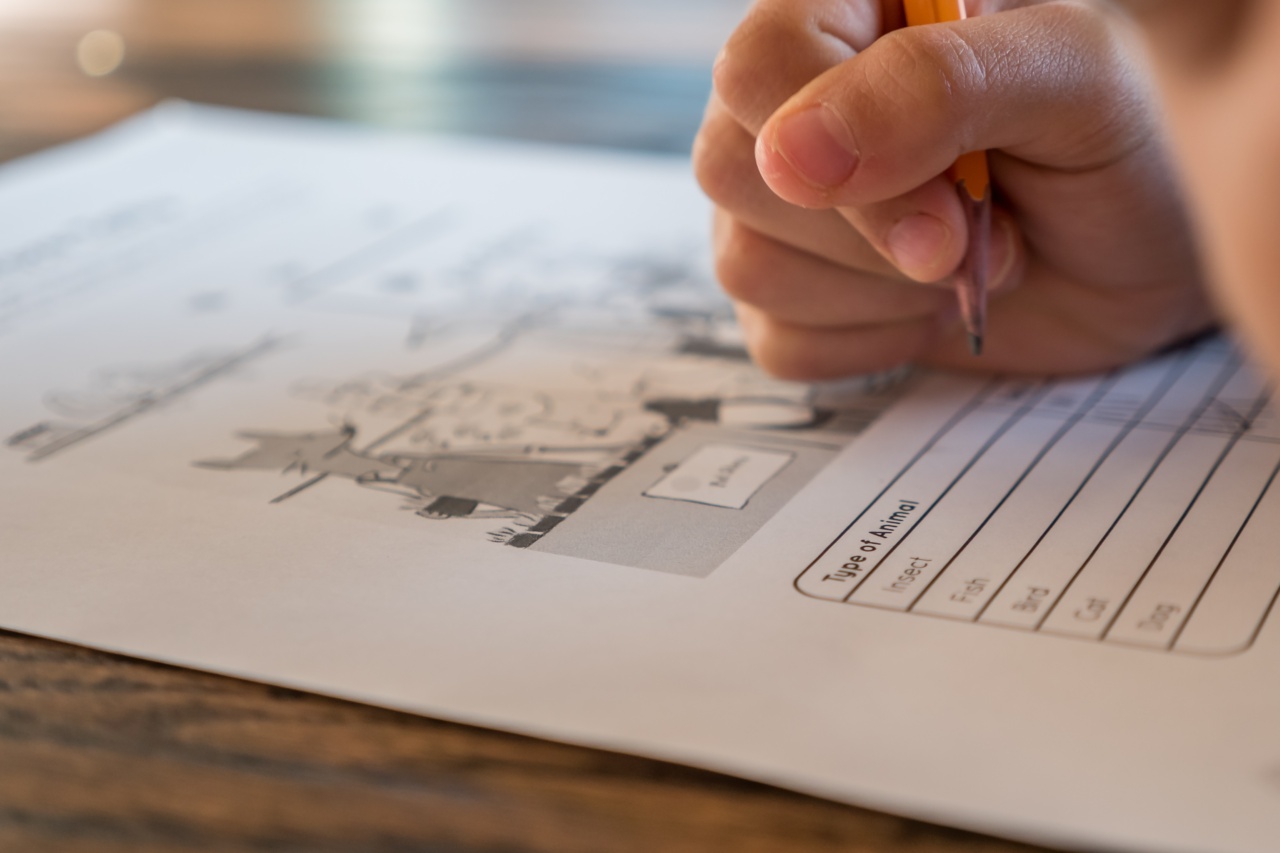Exercise and physical activity are crucial for overall health and well-being. However, due to various reasons, people sometimes stop exercising, leading to changes in their body.
The human body is highly adaptable, and it responds to changes in physical activity levels in different ways. Here we explore how the body changes 14 days after ceasing exercise.
What Happens to the Heart and Blood Vessels?
The heart and blood vessels are one of the most important systems in the body, as they carry oxygen and nutrients to all parts of the body. When a person stops exercising, the heart’s workload decreases, and blood pressure drops.
The blood vessels may become less efficient at delivering oxygen to the body’s tissues, causing some degree of muscle atrophy. However, the exact extent of these changes depends on the person’s fitness level, age, and the duration and intensity of the exercise regime discontinued.
What Happens to Muscle Mass?
Physical activity and exercise play a critical role in maintaining muscle mass and preventing muscle loss. Regular exercise stimulates the growth and maintenance of muscle fibers, leading to an increase in muscle mass and improved strength.
When a person stops exercising, the muscle mass gradually decreases, and muscle fibers shrink. This muscle loss is called muscle atrophy, and it can occur rapidly after stopping exercise. Inactivity also affects the neuromuscular system, leading to a decrease in muscle coordination.
What Happens to Body Fat Percentage?
Exercise and physical activity are also essential for maintaining a healthy body fat percentage. Regular exercise increases the number of calories we burn, leading to a decrease in body fat percentage.
When a person stops exercising, the number of calories burned decreases, leading to an increase in body fat percentage. This increase can be particularly prominent in people who are already overweight or obese.
What Happens to Energy Levels?
Regular exercise enhances energy levels and improves physical endurance. It also promotes better sleep quality, leading to improved mental and physical performance during the day.
When a person stops exercising, the energy levels may decrease, leading to feelings of fatigue and lethargy.
What Happens to Mood?
Physical activity and exercise promote the secretion of endorphins, which are known as the “feel-good” hormones. These neurotransmitters are responsible for regulating mood and reducing stress and anxiety.
When a person stops exercising, the endorphin levels may decrease, leading to an increase in stress and mood swings. Additionally, some people rely on physical activity for stress relief, and the lack of this outlet can affect their emotional well-being.
What Happens to Cardiovascular Fitness?
Cardiovascular fitness refers to the ability of the heart and lungs to deliver oxygen to the body’s tissues during physical activity. Regular exercise improves cardiovascular fitness, leading to improved endurance and performance.
When a person stops exercising, the cardiovascular fitness gradually decreases, leading to shortness of breath and decreased stamina.
What Happens to Bone Density?
Physical activity and exercise are critical for maintaining strong and healthy bones. Regular exercise helps to increase bone density and reduce the risk of osteoporosis, especially in postmenopausal women.
When a person stops exercising, the bone density gradually decreases, leading to an increased risk of fractures and bone injuries.
What Happens to Blood Sugar Levels?
Physical activity and exercise play a crucial role in regulating blood sugar levels in the body. Regular exercise increases insulin sensitivity, allowing the body to use glucose more efficiently.
When a person stops exercising, insulin sensitivity gradually decreases, leading to higher blood sugar levels and an increased risk of developing diabetes.
What Happens to Overall Health?
Regular exercise has numerous health benefits, including reducing the risk of heart disease, stroke, and cancer. Physical activity also improves mental health, reduces stress and anxiety, and promotes better sleep quality.
When a person stops exercising, they may experience a decline in overall health, leading to an increased risk of chronic disease and reduced quality of life.
Conclusion
Exercise and physical activity are critical for overall health and well-being. When a person stops exercising, the body gradually adapts to the changes in physical activity levels, leading to various changes in different systems of the body.
These changes may be more prominent in people who were previously physically fit and active. To maintain good health and prevent disease, it is essential to incorporate regular exercise and physical activity into our daily routine.































